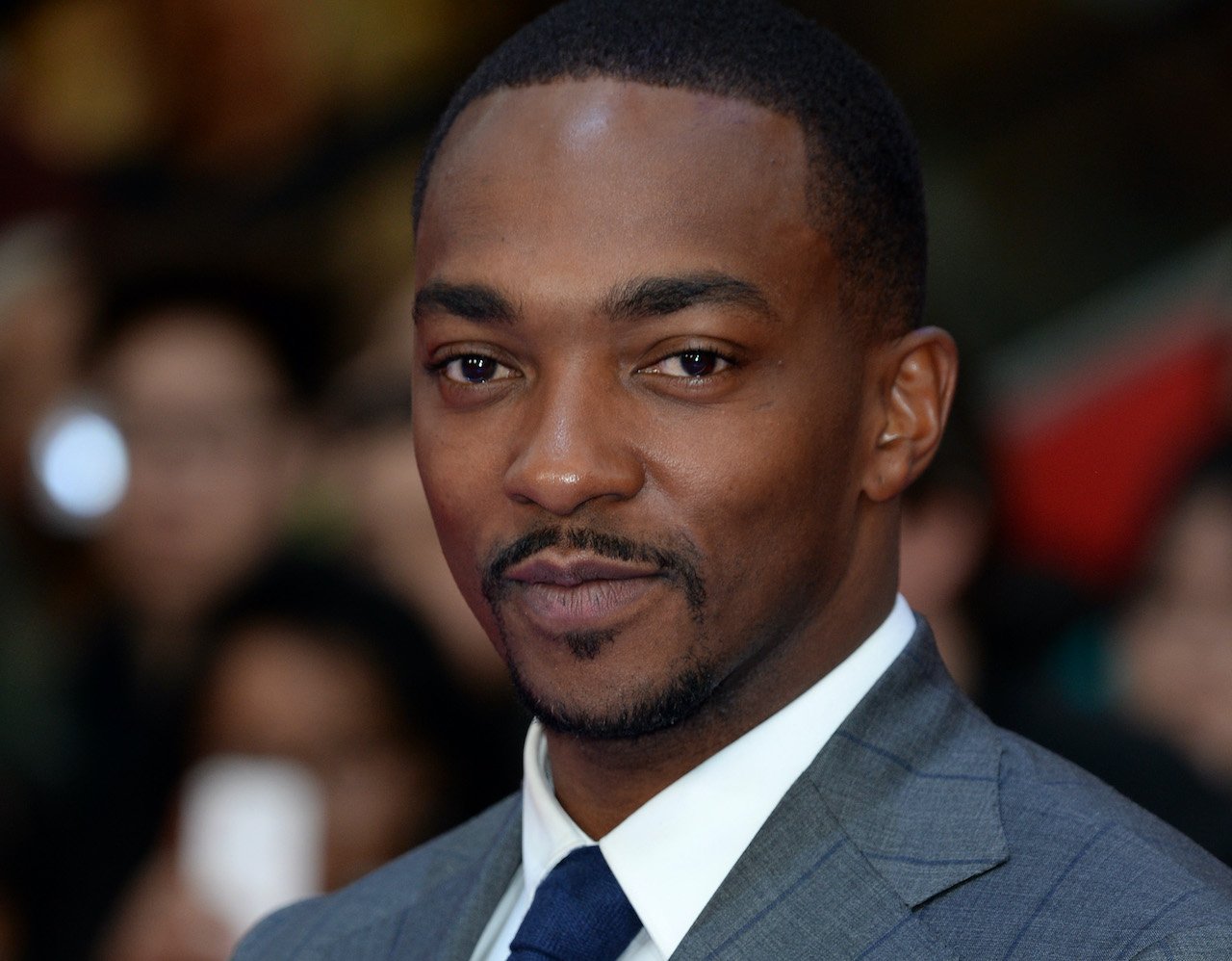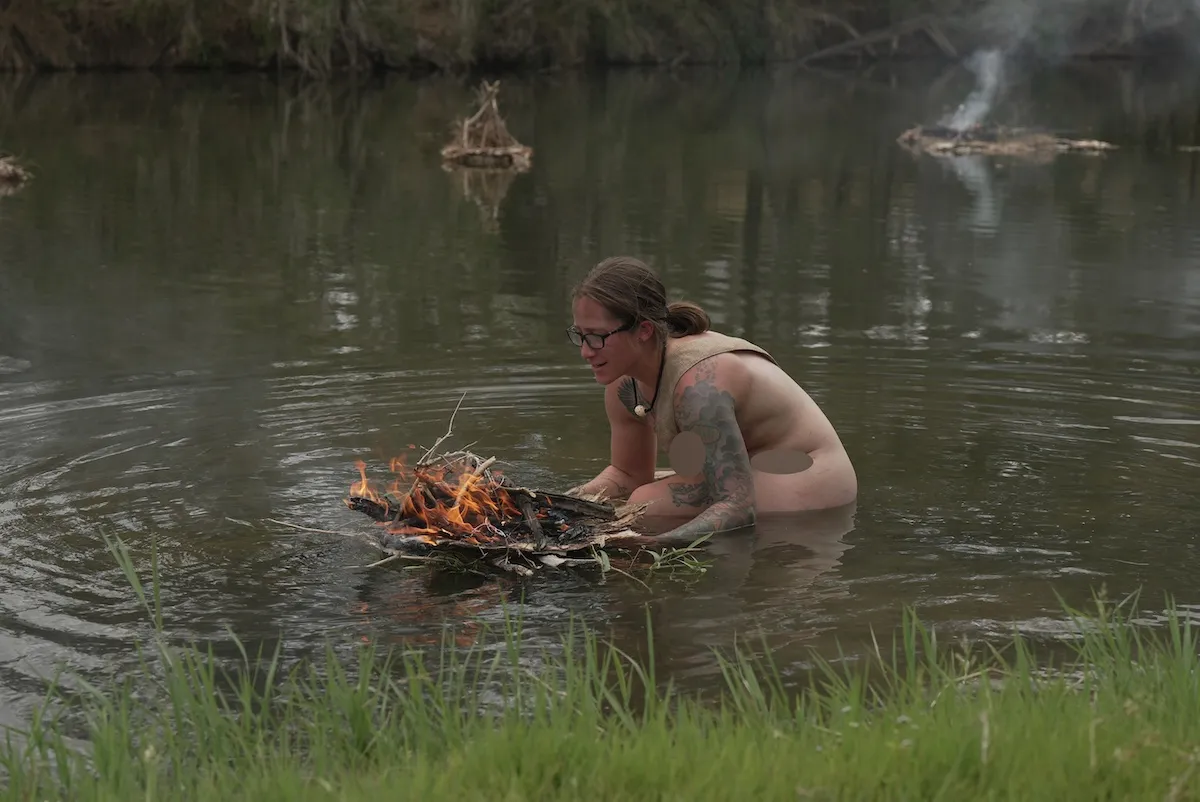‘The Falcon and the Winter Soldier’: The VFX Crew Used Wingsuit Pilots as Inspiration for Anthony Mackie’s Flight Sequences
The Falcon and the Winter Soldier has been one of the most popular shows of 2021. The limited series, which ended its first season on April 23, features Anthony Mackie and Sebastian Stan as its title characters who are living in a post-Endgame world.
The Falcon and the Winter Soldier is full of engaging action, combat, and visual effects, but Mackie’s ability to fly is by far one of the show’s most impressive.
For the fans out there wondering how Marvel’s visual effects team managed to make Mackie’s flight sequences look so real, the answer is finally here.
The ‘Falcon and the Winter Soldier’ VFX crew wanted Anthony Mackie’s flight sequences to look as real as possible

Eric Leven, the VFX Supervisor of The Falcon and the Winter Soldier, discussed the motivation behind Mackie’s flight abilities during a recent interview on Marvel’s YouTube page.
“What I really wanted to do with those action sequences was, as much as possible, make things feel like they’re grounded in reality,” Leven said. “So obviously, we don’t have Anthony Mackie flying around in a real jetpack with real wings. But we want to make it feel like, ‘If he was, how would we film that?”
They used wingsuit pilots for inspiration
In order to make Mackie’s flight patterns look real, the VFX team observed wingsuit pilots who jump out of airplanes for a living. This served as the basis for Mackie’s character.
“There are people who can actually fly. You have wingsuit pilots who jump out of airplanes,” Leven said. “They all have little helmet cameras. … The director really wanted to bring that language to our show as well. So we actually have many shots where we’ve got an action cam in front of Sam’s face, or on the wingtip, and as he moves, we see the entire world move around him and things like that. And that was a really interesting, new visual language to bring to the show that we haven’t brought before.”
They prioritized making his flight pattern look different from other Marvel heroes
Another thing that the VFX crew had to watch out for was duplicating the flight patterns of other superheroes. Iron man, in particular, was one hero they knew they had to avoid mimicking.
“It was important for us to have Falcon feel like a different character,” Leven said. “There are so many characters in the MCU that fly, like Iron Man, for example. He flies, but he has a different center of gravity because his engines are in a different place than Falcon’s. He can hover in a way that Falcon doesn’t necessarily hover. We wanted to make sure that Falcon felt different and that we weren’t sort of copying the flight patterns of other heroes.”
Pulling off his opening flight scene was relatively easy
The Falcon and the Winter Soldier opens with an entertaining scene in which Mackie falls backward out of a moving airplane before engaging in some mid-air combat. According to Leven, the stunt was nowhere near as dangerous or difficult as it appeared.
“That was a relatively straightforward shot,” Leven said. “We’ve seen that sort of thing done before, so we wanted to make sure we put our stamp on it. Basically, he’s in the real plane, there are pads below him. There’s a blue screen surrounding the plane. And then we he falls out of the plane, somewhere in the middle of that process we basically blend to a digital version of him.”
For the VFX crew, the most important thing was to make sure that the moment looked real, which it surely did.
“Ideally, the effect is seamless,” Leven said. “You don’t know where Anthony starts and where the digital version begins.”


